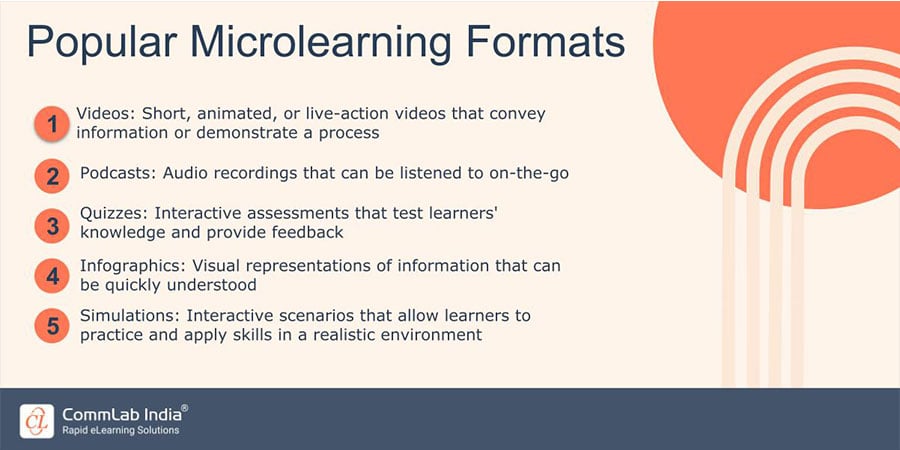How to Put Together Your Sales Enablement Training
Transform your sales team into high-performing champions with our comprehensive guide to sales enablement training. Boost your revenue today!

Sales enablement is a strategic approach that equips your sales team with the tools, resources, and knowledge they need to engage effectively with prospects and close deals. The importance of effective sales enablement training cannot be overstated. Well-trained sales teams can sell more effectively, provide better customer experiences, and ultimately contribute significantly to the company's bottom line. The purpose of this blog post is to guide you through the process of creating your sales enablement training program. By the end of this, you'll have a clear understanding of how to assess your team's needs, define the training content, and choose the appropriate training methods.
Trying to Put Together Your Sales Enablement Training?
Here’s how you can get started -
- Assess your sales team's needs
- Define the sales enablement training content
- Choose your training methods
- Implement your sales enablement training
How to Put Together Your Sales Enablement Training
1. Assess Your Sales Team’s Needs
To create an effective sales enablement training program, you must start by thoroughly assessing your sales team's needs. This means getting to know your team inside and out. Understand their backgrounds, experience levels, strengths, weaknesses, and even their preferred learning styles. This information is invaluable as it allows you to tailor the training program to their specific requirements.
Once you've gained insights into your team, it's time to determine the current skill gaps. This can be done through various methods, such as surveys, one-on-one interviews, or performance evaluations. Setting clear training objectives is the next critical step. These objectives should be specific, measurable, achievable, relevant, and time-bound (SMART). Lastly, involving your sales team in the planning process is crucial. Encourage open communication and collect feedback to ensure that their input is considered when designing the training program. Here’s how you can motivate your sales team -

2. Define the Sales Enablement Training Content
The content of your sales enablement training program is where you'll equip your team with the knowledge and skills they need to excel in their roles. This content should cover various aspects of sales, starting with a comprehensive understanding of your sales process and methodology. A well-defined sales approach ensures consistency, a better understanding of customers, and improved sales forecasting.
Product training and service knowledge is another critical component. Your sales team must have an in-depth understanding of what they're selling. This knowledge allows them to address customer needs and objections with confidence, ultimately increasing their effectiveness in closing deals. Understanding the competitive landscape is also essential. Equip your team with the knowledge of your competitors and how your offerings compare. This enables your sales executives to differentiate your products or services effectively and address competitive challenges.
In the digital age, familiarity with sales tools and technology is vital. Ensure your team is trained in using CRM systems, sales automation tools, and communication platforms to streamline processes, enhance productivity, and better serve customers. Additionally, focus on objection handling and objection scripts. Equip your sales team with the skills to handle objections gracefully and provide them with scripts and role-playing exercises to build confidence in dealing with common objections.
Lastly, emphasize the importance of understanding your target audience. Creating customer personas and journey maps can guide your salespeople in tailoring their approaches to meet customer needs effectively. This customer-centric approach can significantly improve sales outcomes. By taking these steps and defining the appropriate training content, you'll set the stage for a successful sales enablement training program that equips your team with the knowledge and skills they need to excel in their roles.
→ Download eBook Now: Blended Learning
3. Choose Your Training Methods
Selecting the right training methods is a crucial step in ensuring that your sales enablement training program is effective and engaging for your sales team. There is no one-size-fits-all approach, so consider a combination of the following methods:
- Classroom Training: Traditional classroom-style training sessions provide a structured environment for learning. They are particularly useful for introducing fundamental concepts and facilitating in-depth discussions. But as of today, it is most likely to be replaced by VILT due to the gradual increase of hybrid working models.
- Online Courses and eLearning: In today's digital age, online courses and eLearning platforms offer flexibility and accessibility. They allow your sales team to learn at their own pace, making it easier for them to balance training with their busy schedules. To help them save time, you can prefer microlearning for the same.

On-the-Job Training: Learning by doing is often the most effective method. Encourage your sales team to apply what they've learned in real sales scenarios. This hands-on approach can lead to immediate improvements and reinforce their skills.
- Role-Playing and Simulations: Role-playing exercises and simulations enable your salespeople to practice their sales techniques in a safe environment. This helps them build confidence and refine their skills before engaging with actual customers.
- Sales Coaching and Mentoring: Pair less experienced team members with seasoned sales professionals for mentorship. This one-on-one guidance allows for personalized development and knowledge transfer.
Once you've determined your training methods, the next step is to develop the training materials that will support your chosen approach. Developing training materials is a collaborative effort that may involve subject matter experts, instructional designers, and trainers. Ensure that the content is clear, concise, and aligned with your training objectives. It's also important to keep these materials up to date to reflect changes in your industry and products/services.
4. Implement Your Sales Enablement Training
The successful implementation of your sales enablement training program requires careful planning and execution. Here's how to go about it:
- Scheduling and Logistics : Set a training schedule that accommodates your sales team's availability. Ensure that training locations and resources are arranged in advance.
- Facilitator or Trainer Selection: Choose experienced facilitators or trainers who are knowledgeable about the training content and can effectively engage with your sales team. Consider internal experts or external trainers, depending on your resources.
- Pre-training Communication and Expectations: Communicate with your sales team in advance, providing them with details about the training program, its objectives, and what they should expect. This helps build anticipation and ensures everyone is on the same page.
- Rollout Plan and Timeline: Create a detailed rollout plan that includes timelines and milestones. Be prepared to adapt if unexpected challenges arise during implementation.
The successful launch of your training program sets the stage for learning and development. Effective implementation ensures that your sales team receives the training they need to excel in their roles and contribute to the organization's success. Remember to monitor progress, collect feedback, and make necessary adjustments as the program unfolds.
Wrapping Up!
In conclusion, a well-crafted sales enablement training program is the key to unlocking your sales team's potential and driving business growth. By assessing needs, defining content, and fostering a culture of continuous improvement, you pave the way for success. Remember, sales enablement isn't just an investment—it's a strategic imperative. Remember we discussed about leveraging a combination of various methods? That’s blended learning, and here’s an eBook to help you understand more about it. Take action today, and watch your sales team flourish, delivering remarkable results that propel your organization forward.





